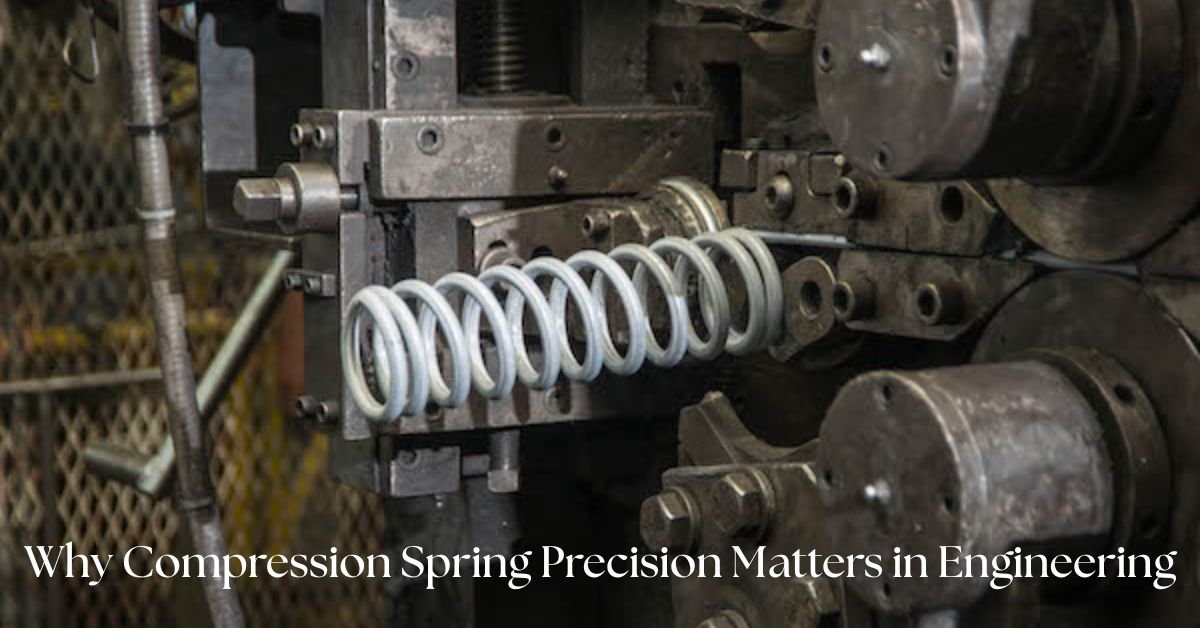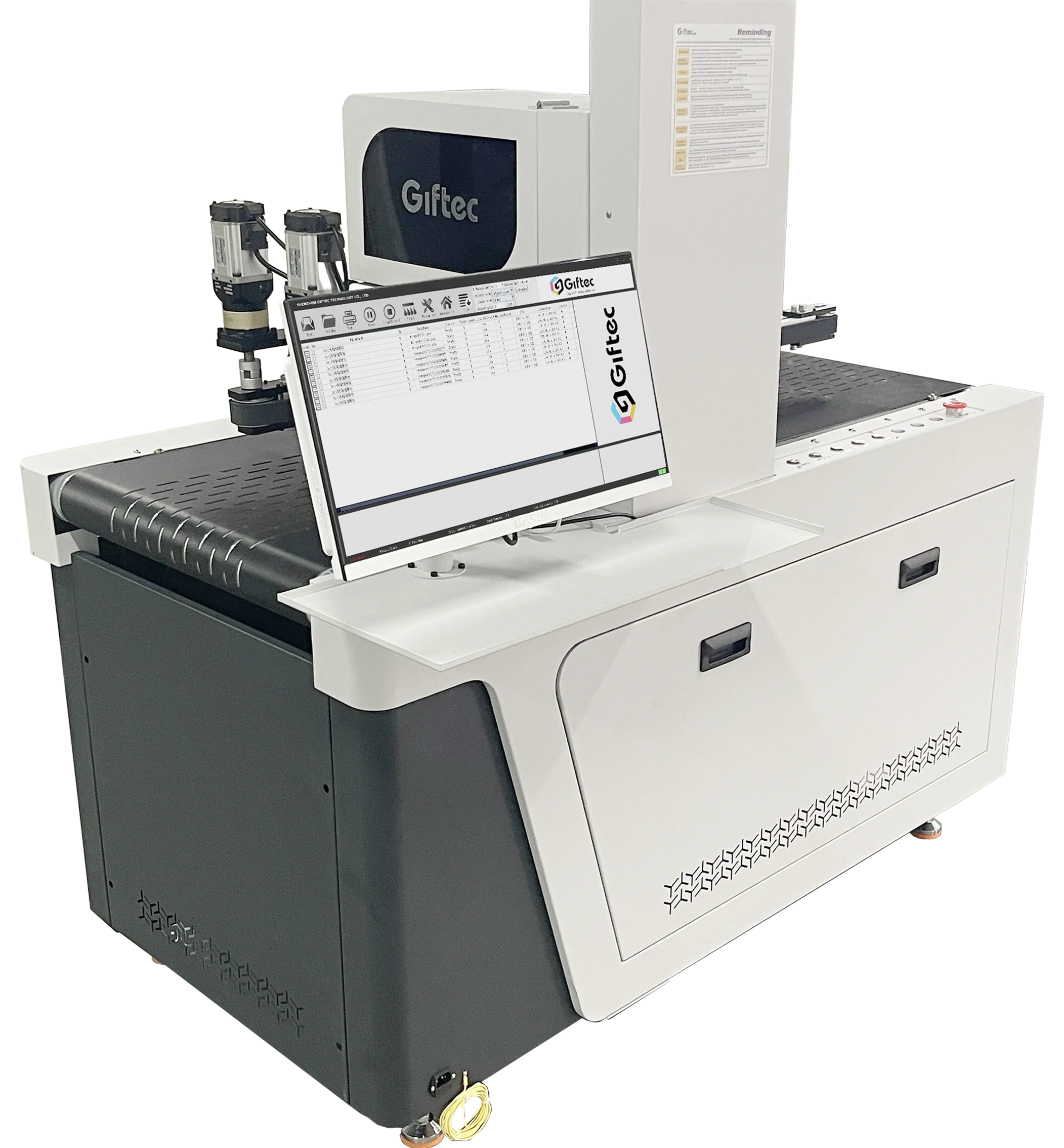Buying a car is more than just choosing a color or brand—it’s about understanding what lies beneath the hood and inside the cabin. One of the most important aspects of car shopping is reviewing the car specifications. These specs provide critical information about a vehicle’s performance, safety, comfort, and overall suitability to your needs. This guide aims to help you decode car specifications and make informed choices as a buyer.
1. What Are Car Specifications?
Car specifications (or car specs) are the technical details that describe a vehicle’s capabilities and features. From engine size and power output to fuel efficiency and safety ratings, the specs give you a complete overview of what a car can offer.
Manufacturers and dealerships usually provide a specification sheet (spec sheet) listing these details. It might seem overwhelming at first, but once you know what each term means, you’ll be able to compare cars confidently.
2. Engine and Performance
At the heart of any vehicle is the engine, and understanding its specs is crucial. Here are the key terms to know:
- Engine Displacement (cc or L): Indicates the size of the engine. A 1.5L engine has a 1.5-liter capacity. Generally, a higher number suggests more power.
- Horsepower (HP): Measures the engine’s power. More horsepower usually means faster acceleration.
- Torque (Nm): Torque is the pulling power of the car. Higher torque is better for towing and hill climbs.
- Number of Cylinders: Commonly 3, 4, or 6; more cylinders usually mean better performance but can reduce fuel efficiency.
The engine’s performance should align with your driving needs. City drivers may prefer smaller engines, while highway or off-road drivers might go for more powerful options.
3. Transmission Types
Transmission defines how a vehicle shifts gears. Your car spec will mention one of the following:
- Manual Transmission: Requires the driver to shift gears.
- Automatic Transmission (AT): Shifts gears automatically, ideal for city traffic.
- Continuously Variable Transmission (CVT): Offers smoother driving by adjusting gear ratios seamlessly.
- Dual-Clutch Transmission (DCT): Combines manual and automatic benefits, ideal for performance vehicles.
Each has its advantages, and your choice depends on your driving style and comfort level.
4. Fuel Economy and Type
Car specs also cover fuel-related information:
- Fuel Type: Petrol, diesel, electric, hybrid, or CNG.
- Fuel Efficiency (MPG or km/l): This tells you how far the car can travel on a unit of fuel. A higher number means lower running costs.
- Tank Capacity: Important for long-distance drivers.
Electric and hybrid cars will also list battery capacity and range on a full charge, which are essential for planning commutes or road trips.
5. Safety Features
Safety should never be overlooked. Car specifications will typically include:
- Airbags: Count and position (front, side, curtain).
- ABS with EBD: Anti-lock Braking System with Electronic Brakeforce Distribution, which helps maintain control during sudden braking.
- Traction Control and ESC: Helps the car stay stable in poor road conditions.
- Crumple Zones and Reinforced Body: Reduce injury in case of an accident.
- Crash Test Ratings: Look for safety scores from NCAP (New Car Assessment Program).
Some modern cars also include driver assistance like lane-keep assist, adaptive cruise control, and blind-spot detection.
6. Dimensions and Design
The size and shape of a vehicle impact both comfort and performance. Common terms include:
- Length, Width, and Height: Helps determine how easy the car is to maneuver or park.
- Wheelbase: The distance between front and rear wheels. A longer wheelbase often provides a smoother ride.
- Ground Clearance: Important for rough roads—more clearance means less chance of scraping.
7. Interior Comfort and Infotainment
Today’s buyers look for more than just mechanics. Comfort and tech are increasingly important:
- Seat Material and Adjustability: Leather vs. fabric, powered vs. manual adjustments.
- Climate Control: Single or dual-zone AC, rear AC vents.
- Infotainment System: Screen size, touchscreen functionality, Android Auto, Apple CarPlay.
- Speakers: Number and quality of speakers.
Rear seat legroom, boot space, and cabin insulation are also worth checking, especially for families or long-distance travelers.
8. Wheels and Tyres
These often get overlooked but play a big role:
- Tyre Size: Bigger tyres may improve grip and looks, but can affect mileage.
- Alloy vs. Steel Wheels: Alloys are lighter and look better, while steel is more durable and cheaper.
The type of tyres (tubeless, radial, run-flat) can also affect the driving experience and maintenance.
9. Extra Features and Accessories
Premium models may come with extra features like:
- Sunroof or Moonroof
- Push-Button Start
- Wireless Charging
- 360-Degree Camera
- Rain-Sensing Wipers
Check if these are included or offered as optional upgrades.
10. How to Compare Car Specifications
Use comparison tools on sites like CarDekho, AutoTrader, or Edmunds. Line up 2–3 cars side by side and compare each specification category.
Example:
| Feature | Car A | Car B |
|---|---|---|
| Engine | 1.2L Petrol | 1.0L Turbo |
| Power | 90 HP | 100 HP |
| Mileage | 18 km/l | 20 km/l |
| Infotainment | 7” Touch | 10” Touch |
| Safety | 2 Airbags | 6 Airbags |
This kind of table makes it easy to find the best match for your needs and budget.
Conclusion
Understanding car specifications is essential for every buyer. From engine performance and safety to infotainment and fuel economy, every feature matters. Decoding these specs empowers you to choose a car that not only suits your lifestyle but also offers value, comfort, and peace of mind. So, before you sign the papers, take a moment to read through the specs—because the right knowledge leads to the right drive.












Leave a Reply